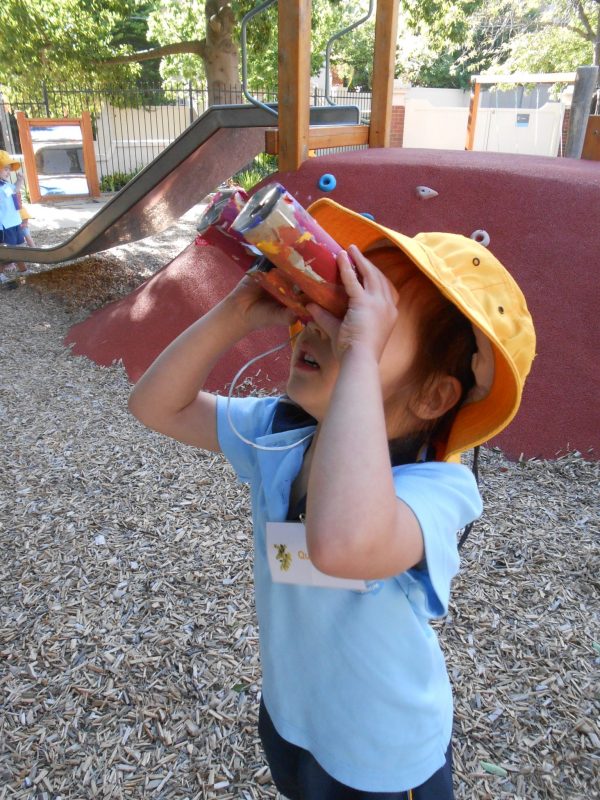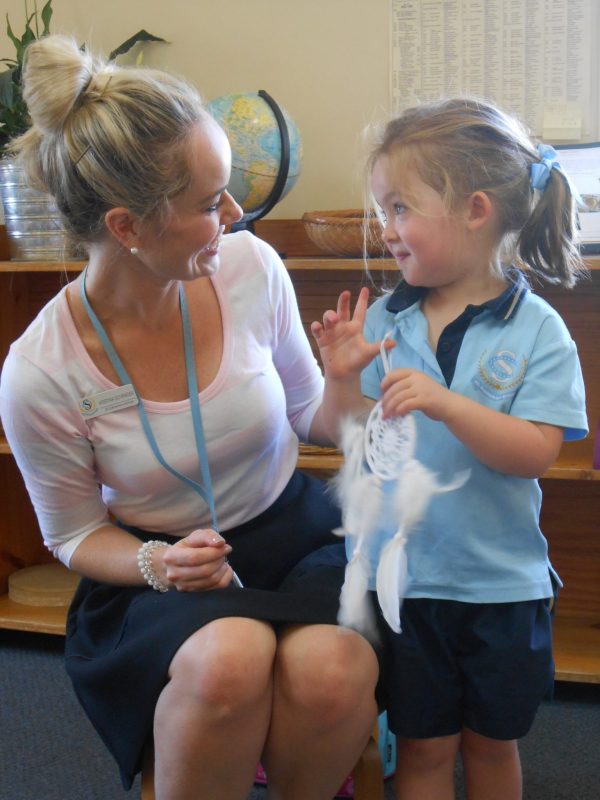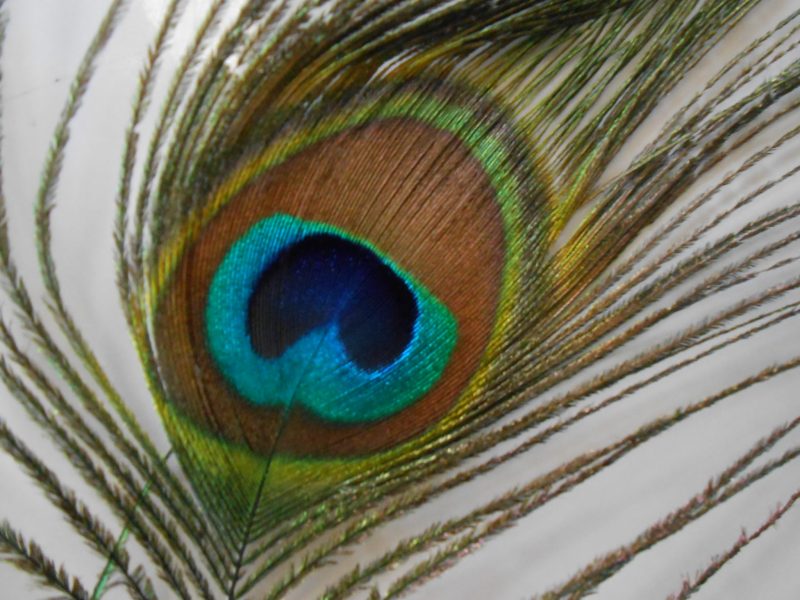Campbell House News

A Sense of Wonder
“If you want to witness a natural display of a sense of wonder, just observe a child. A child’s whole world is viewed through the eyes of wonder and excitement. A child has no judgement of why things are so, but rather a child is in awe of life and views life through innocence, purity and curiosity,” Mary Paleologos, transformational coach, clinical hypnotherapist, counselor.
Every day the ELC students have the opportunity to experience a sense of wonder through a myriad of engaging and purposeful activities carefully considered and often student directed. Many of these opportunities are play-based allowing students to learn through discovery, experimentation, improvisation and imagination.
As outlined in the Early Years Learning Framework for Australia, play is a context for learning that:
- allows for the expression of personality and uniqueness
- enhances dispositions such as curiosity and creativity
- enables children to make connections between prior experiences and new learning
- assists children to develop relationships and concepts
- stimulates a sense of wellbeing.
These early years of learning and development are so special. A child’s sense of wonder should be embraced at every opportunity and time should be provided for children to explore the magical things that come along.
Ms Catherine Samuel
Acting Head of Junior School
Birds of a Feather Flock Together
The Wattle Room children displayed a passionate interest in using two yellow binoculars during their outdoor play and learning. The children soon realised that two binoculars were not sufficient to cater for their full group simultaneously. By way of a discussion during their Morning Meeting, the children collaborated and problem solved by deciding to make their own binoculars using the language of creative box construction.
Upon using their new binoculars during outdoor program time, the children exhibited a common interest in becoming ‘birders’ and discovering the birds that are local to Campbell House. In this way, the children are actively knowing and telling about their world.
Ivy contributed to the evolving line of inquiry by sharing a peacock feather, which was found in nature. The children are now responding to this provocation through the language of painting and have also decided to collect a myriad of feathers to explore the variations and unique characteristics found in the natural world.
As 2018 is the National Geographic ‘Year of the Bird’, the children’s line of inquiry may be used as a vehicle to further connect with environmental perspectives, conservation and indigenous perspectives. Where to next?










